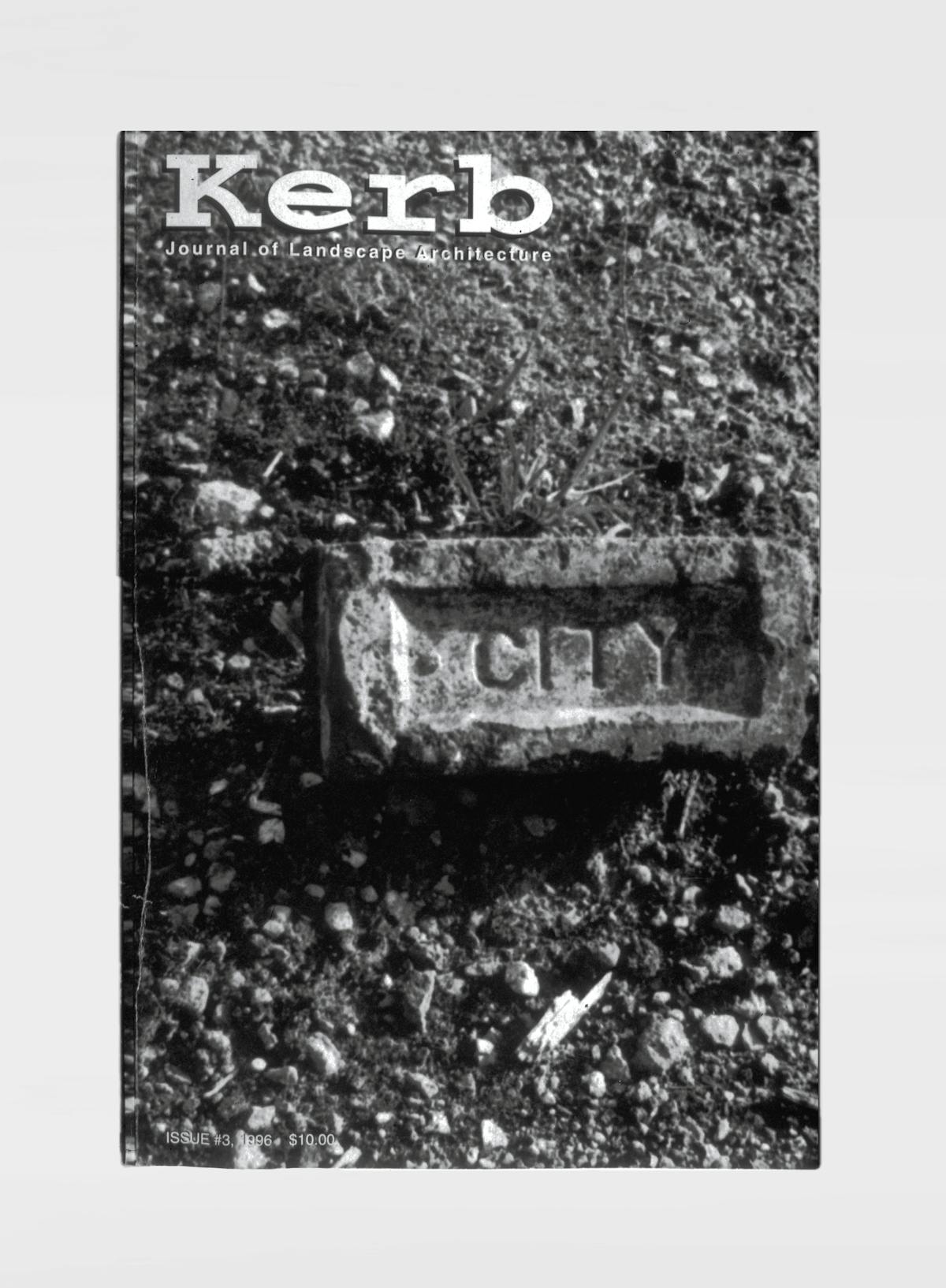This issue of Kerb was preceded by two events linked by discussion of a certain kind of ambiguous urban space. In September, the original brief of the Big Sky Conference in Sydney was transmuted by an overriding interest which grew out of its siting. Moving around the Harbour and considering the Biloela Competition entries, we tussled with the matter of ‘obsolete’ industrial sites. Then, in October, Ignasi de Solà-Morales Rubió came from Barcelona as critic to the Faculty of Environmental Design and Construction’s PostGraduate presentations at RMIT. His initial address gave rise to our decision to record some investigations of those parts of the city which Morales calls terrain vague.1
Since then, I have walked daily along the flank of the void Queen Victoria Hospital site. Its diagonal slope, silted-up in the south west corner into a bluestone retaining wall, would reveal Melbourne’s original topography if it wasn’t for the dereliction of culturally vacuous add-ons. Variously, a plywood ice palace, a mini golf course, remnants of failed saleyard (sic) lie behind the barrier erected to keep us out of this public place. Its past has gathered power: a women’s hospital was built with money collected by Victorian women, then, rendered obsolete by technological mutation, was demolished piecemeal amidst community outcry. In the end, the civic authorities had to call a stop: a solitary bastion remains, too fragile to use, too powerful to touch; ‘accumulating memory in defiance of oblivion’, says Morales. Do we invest transforming meaning into these post-modern, still places through continuity of use? Is it the fenced-offness that makes it, along with Biloela, Melbourne’s CUB site, Sandridge Bridge and others referred to in these pages, as easily overlooked a part of the urban fabric as that part of ourselves which is subdued by civic ordering? Or, captured by the video-game of the car screen which marks our contemporary lives, are we simply losing that layer of other urban recognition which comes with walking? And, specifically, what part does our imagination as designers play in the realisation of these spaces? When Morales spoke here, he a used a language which we landscape architects realised had been at the back of our minds. In this issue, the vocabulary of that language is extended into our urban setting, its design grammar is explored, and some very precise gestures are inscribed.
We have tried to elicit interest in the subject of this Kerb via multiple user domains across the schools and practices of Australia. You can now even communicate with Kerb on the WWW. There have been welcome threads of contact stretched between the UWA, UM and MIT landscape schools in the making of this issue. But you have only to glance at the contents page of this Kerb to know most of the conversations it reports began around ritual coffees in Melbourne arcades. However, the editors of Kerb invite your responses to the larger conversation that the existence of these pages records and, we hope, evokes. We are aware of interest and support for Kerb, but to flourish it needs your pro-active engagement.
Further, we report that we have invited an honourable panel of critics to act as referees. Authors are invited to indicate which offerings they would like to be so scrutinised. This comes into effect forthwith.
Finally, we dedicate this issue to John Burgess, who supported Kerb since before its beginnings.
Footnotes
-
Roughly pronounced te-raan varg. ↩
